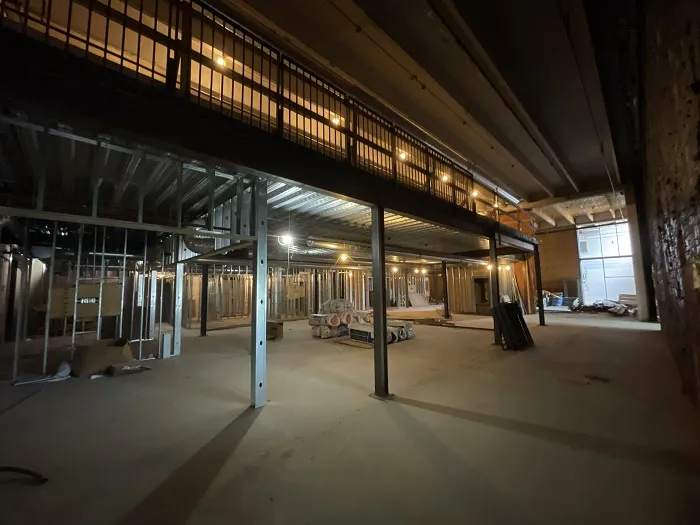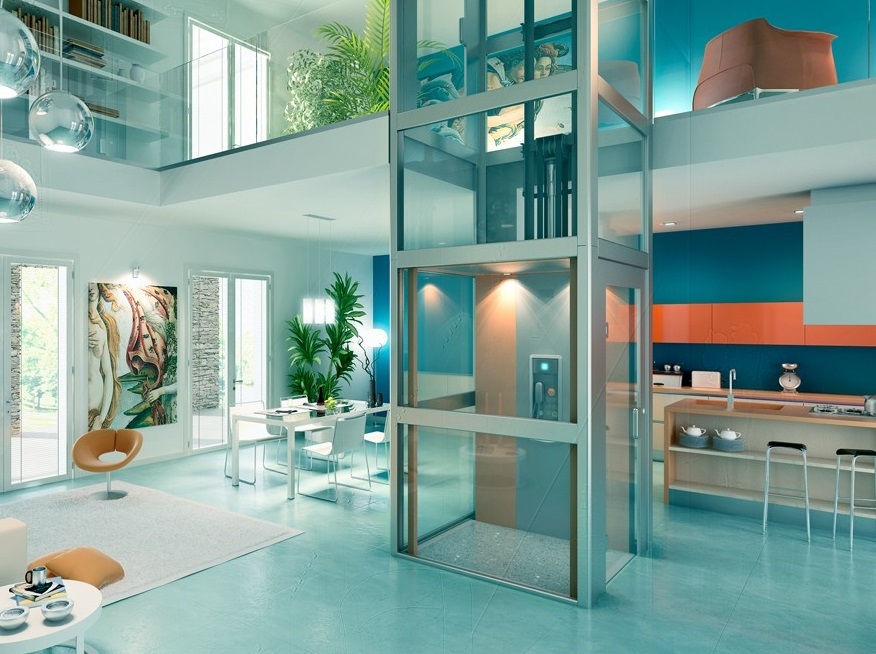Build to Suit (BTS) leases represent a significant evolution in the real estate sector, offering tailored solutions for businesses needing specific property features. This article explores the concept, structure, benefits, and challenges associated with BTS leases, providing valuable insights for both tenants and developers.
Understanding Build-to-Suit Leases
Definition and Structure
A Build-to-Suit lease involves a developer constructing a property specifically designed to meet the unique requirements of a tenant. Unlike standard leases, BTS agreements detail the construction specifications, lease duration, and tenant’s operational needs.
Key Participants and Their Roles
The developer and tenant play critical roles in BTS projects. The developer is responsible for the construction and ensuring the property meets the agreed specifications, while the tenant commits to leasing the property, usually for a long term, to justify the bespoke construction.
Advantages of Build-to-Suit Leases
Benefits for Tenants
Tenants benefit from customized premises that support specific business functions, which can enhance operational efficiency and satisfaction. BTS leases also often offer tax benefits, as lease payments are typically fully deductible.
Benefits for Developers/Landlords
For developers, BTS leases provide stable, long-term rental income and reduce the risk of vacancies. These projects can also increase property values due to their customized nature, appealing to future tenants with similar specialized needs.
Financial Implications of Build-to-Suit Leases
The costs associated with BTS leases can be substantial, encompassing land acquisition, construction, and tenant-specific adaptations. Rent is usually set to cover these costs plus a return on investment for the developer, structured over the lease term to ensure financial viability and mutual benefit.
Challenges and Risks
Potential Risks for Tenants
The primary risk for tenants involves the long-term commitment required by BTS leases, which may lack flexibility if the tenant’s business needs change. Additionally, tenants are often responsible for maintenance and repair, adding to operational costs.
Potential Risks for Landlords
Developers face risks such as construction delays and budget overruns, which can affect project timelines and costs. There is also the risk of tenant default, which could leave a specially designed property difficult to re-lease without significant modifications.
Types of Build-to-Suit Leases
BTS leases vary in structure to accommodate different responsibilities and financial arrangements:
Single Net Lease (N): Tenant pays rent and property taxes.
Double Net Lease (NN): Tenant is responsible for property taxes and insurance.
Triple Net Lease (NNN): Tenant handles all operating costs, including maintenance.
Absolute Net Lease: Tenant covers all property expenses, providing maximum landlord security but highest tenant commitment.
Conclusion
Build to Suit Leases offer tailored real estate solutions that can significantly benefit both tenants and developers. By understanding the various aspects of BTS leases, parties can make informed decisions that align with their long-term business and investment strategies.
Discover more about Build to Suit and Build to Suit Lease opportunities tailored to meet specific business needs in commercial real estate.




